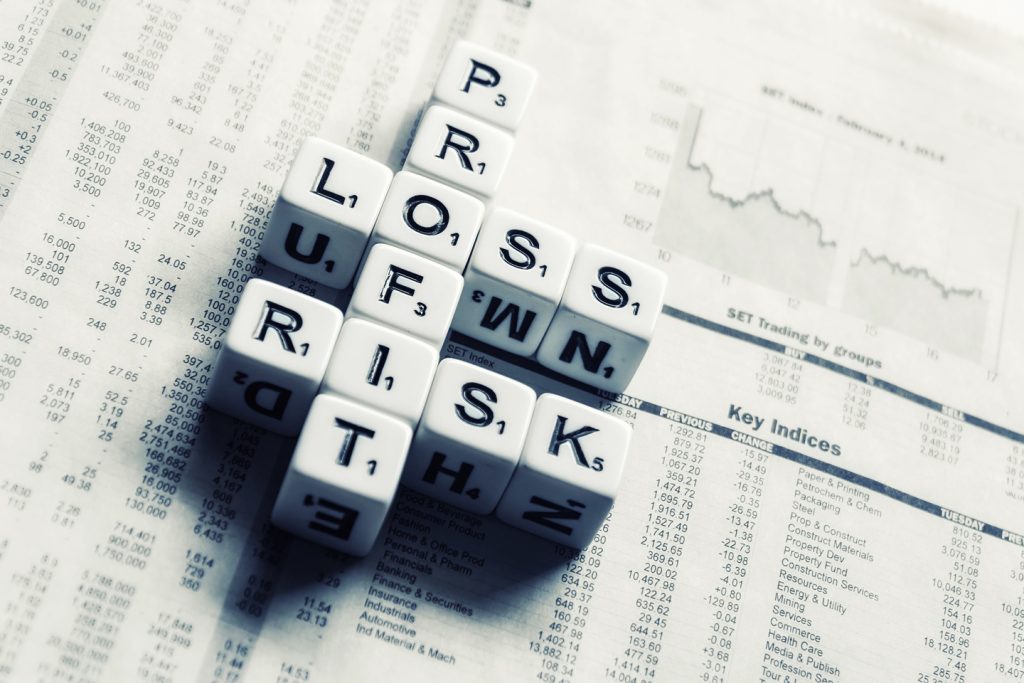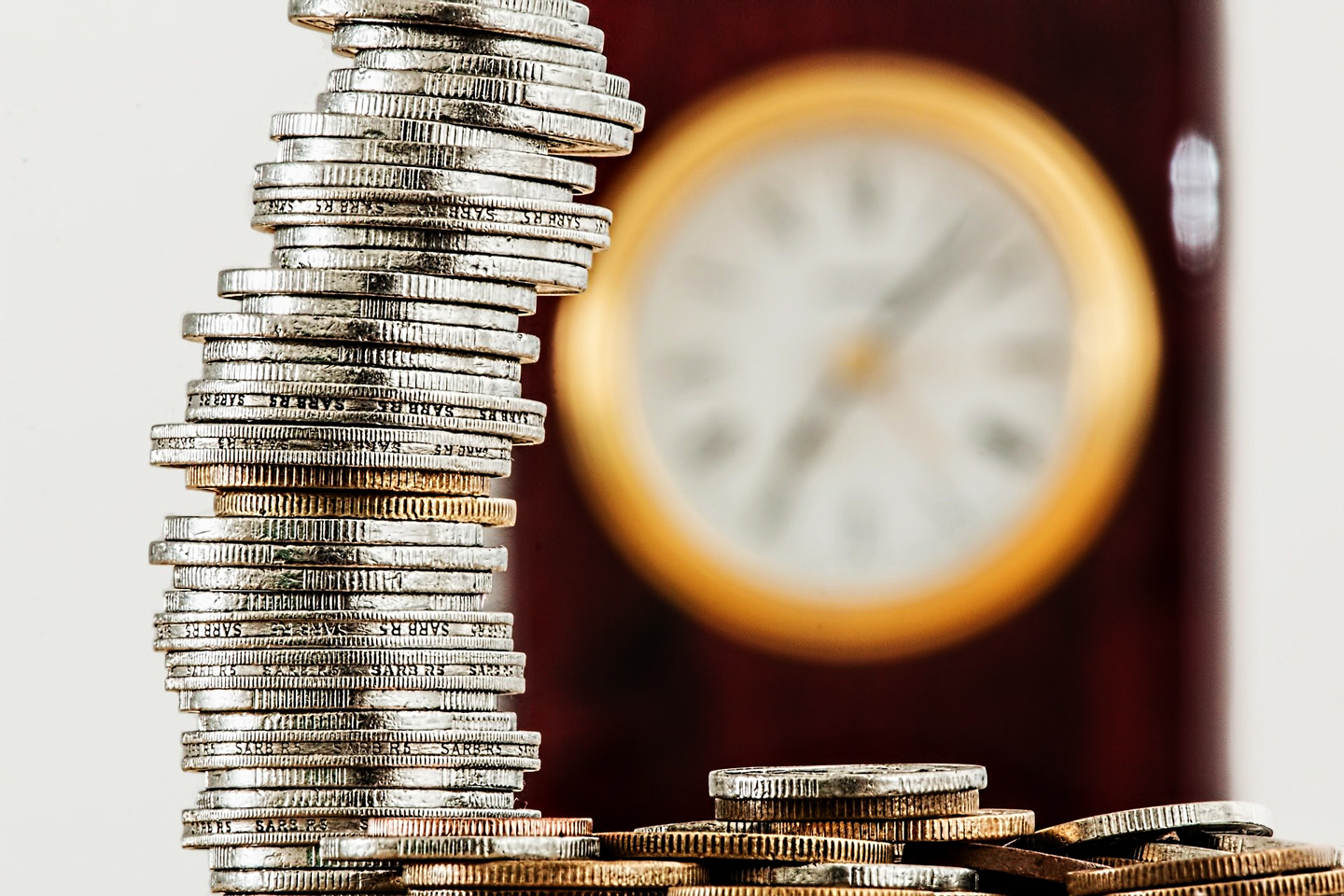Several years ago, our client Phil M. asked for our opinion about a municipal bond that he was told by a Florida bond salesman paid 10%.
“Phil, that’s a red flag-the rate is way too high. I wouldn’t touch it.
Phil said to us (here we use the English translation, as we could not find the correct Yiddish spelling), “The bride is too beautiful.”
Remember Phil’s expression when you look at dividend paying stocks: the higher the yield, the greater the concern for investors. Generally, very high yields denote a company that is paying out the majority of its earnings in the form of a dividend, leaving little, if any, room for dividend growth. Or it could be a company whose earnings are declining, indicating a possible future dividend cut or even elimination.
What We Look For
Dividend pay outs that do not exceed 60% of earnings; however, in some industries, such as utilities, it is not uncommon for pay outs to be in the 80-90% range. We also prefer dividends that are projected to grow at a rate greater than inflation. For the investor requiring income, dividend growth can help keep pace with ever increasing living expenses. It is also consistent with the axiom that an asset that increases the investor’s income regularly will appreciate over time.
Our list of 100+ companies that have raised their dividends annually for over twenty-five years is our starting point, from which we analyze each company’s payout ratio, projected earnings and dividend growth rates, and cash reserves. Those that meet our requirements are then evaluated for whether they are under accumulation or distribution, using our time, price, and volume methodology.




